There Is Plenty Of Free Camping in Canada
Canada is a vast country with endless swathes of nature spread across its ten provinces and three territories full of camping opportunities. National, provincial, and territorial parks, public lands, and more all offer beautiful sites for camping and boondocking in Canada.
Even better, with a bit of know-how, you can find places to camp absolutely free all across the country. Learn how to find free camping and boondocking in Canada. Plus, everything you need to know before you go.
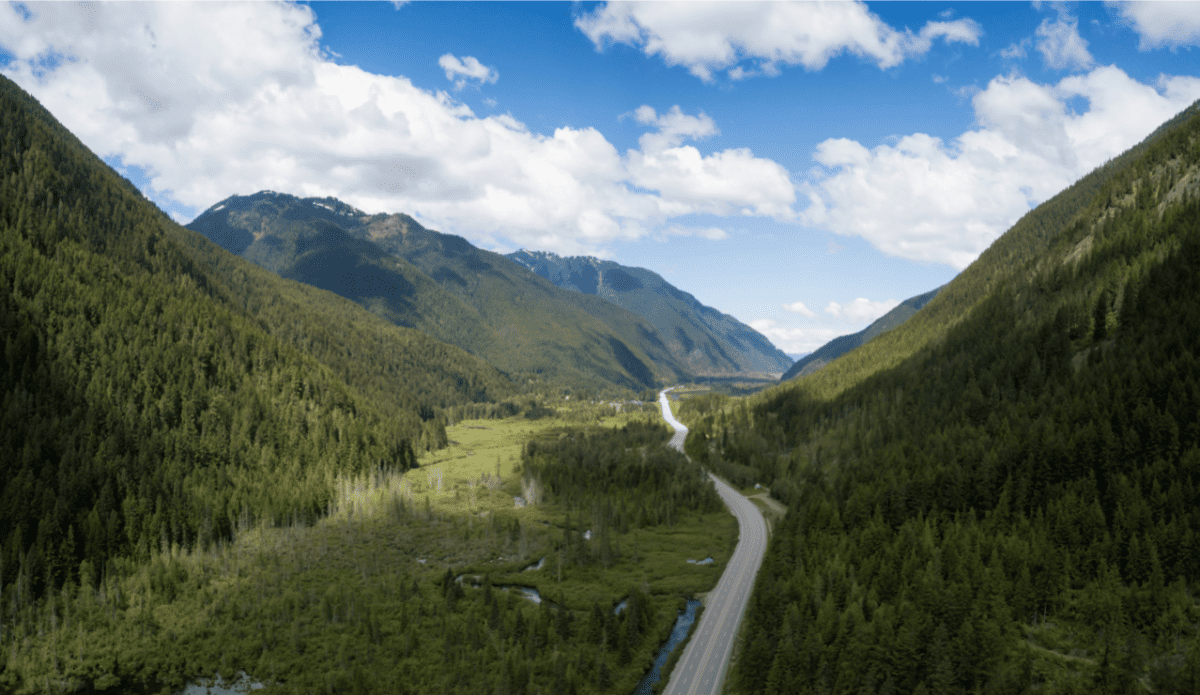
What is Crown Land? How Can it Help You Find Free Camping Boondocking in Canada?
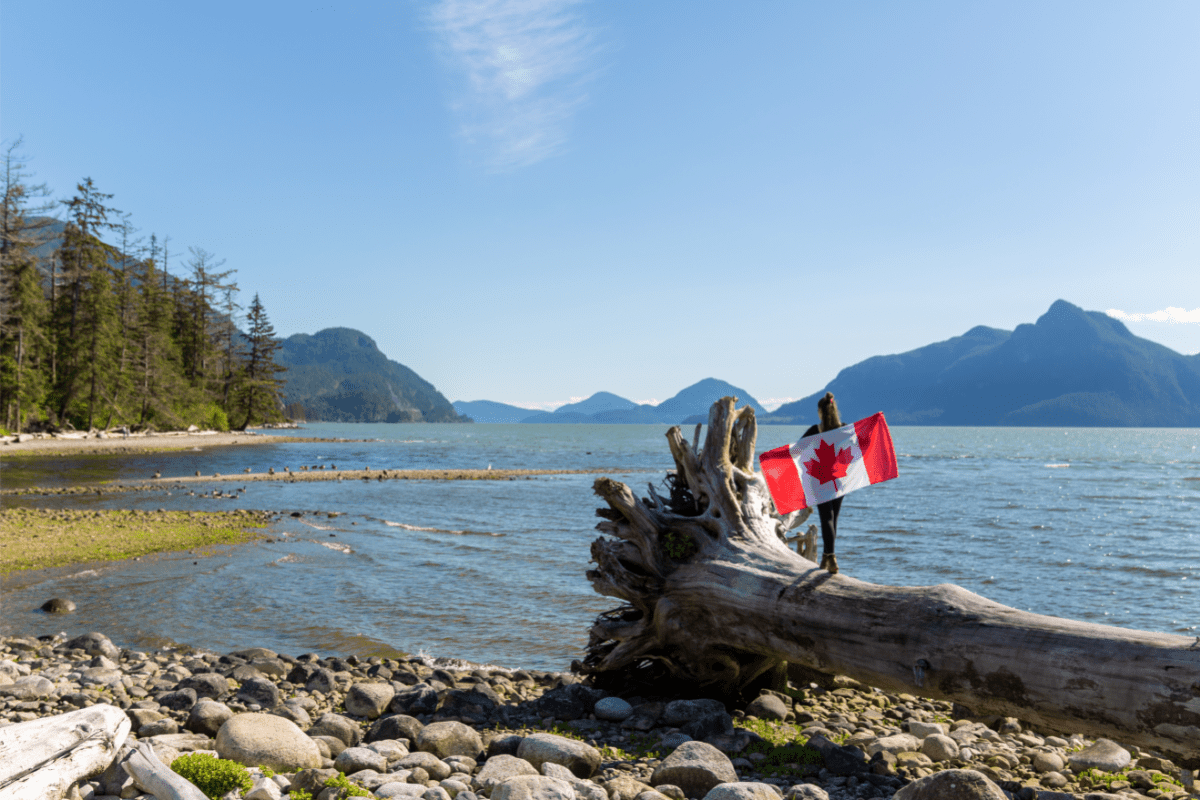
One of the best ways to find free camping and boondocking in Canada is by finding Crown land. This is federally owned land which belongs to the Canadian Crown (hence the name), and it’s more or less the same concept as BLM land in the US.
Canadian citizens and some legal residents can camp on Crown land for free for up to 21 days. However, non-citizens will need to buy a permit. Luckily, the permit isn’t too expensive. For example, in Ontario, a non-resident camping permit will run you about $10 per person per day.
Generally speaking, the farther away from major cities and the US-Canada border you go, the more Crown land you’ll find. British Columbia is also well known for its Crown land (over 95% of the province is Crown land) and camping opportunities in general.
Keep in mind, however, that this public land isn’t developed. So it may not be easy to access in a van unless your van is set up for some rough terrain.
How to Find Crown Land
When looking for Crown land, your best resource will be official territorial or provincial maps. You can typically find these on the official website of a given province or territory’s government.
Here are a few examples:
- Ontario: The Ministry of Natural Resources and Forestry provides an interactive mapping tool called “Crown Land Use Policy Atlas” (CLUPA) that you can use to view Crown Land areas in Ontario. You can access the CLUPA tool at this link: https://www.ontario.ca/page/crown-land-use-policy-atlas
- Alberta: Alberta Environment and Parks provide an interactive mapping tool called “Recreation on Public Land” that includes information about Crown Land. You can access the tool at this link: https://www.alberta.ca/recreation-on-public-land.aspx
- British Columbia: BC Ministry of Forests, Lands, Natural Resource Operations and Rural Development offers an interactive mapping tool called “iMapBC” that includes information on Crown Land. You can access the iMapBC tool at this link: https://www2.gov.bc.ca/gov/content/data/geographic-data-services/web-based-mapping/imapbc
Please note that these are just a few examples, and you should visit the respective provincial government websites for the province you’re interested in to find the most accurate and up-to-date information on Crown Land.
Other Ways to Find Free Camping and Boondocking in Canada
Crown land isn’t the only opportunity for free camping and boondocking in Canada. Another great place to find free camping is at recreational sites.
Recreational Sites
Recreational sites can be found all over Canada, but British Columbia is the best-known destination and has some of the best sites available. These sites can often be driven to and typically offer basic amenities like fire pits and outhouses.
Keep in mind that while most rec sites are free, some charge a small fee of around $15.
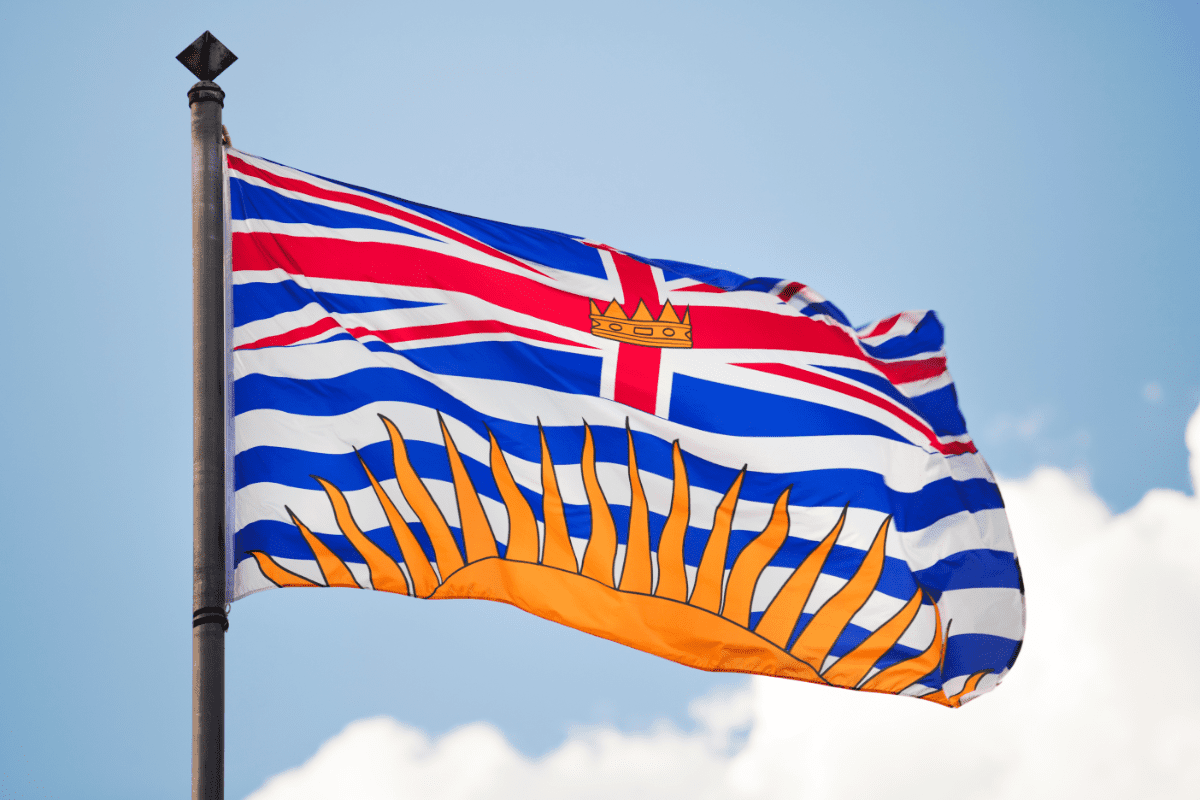
Municipal Campgrounds
While less common, you can also find free camping and boondocking at municipal campgrounds. Much like recreational sites, these will provide some very basic amenities. While they’re usually free, in some cases, you may have to pay a small fee.
Camp in Parks for a Small Fee
Although they aren’t typically free, you can also find camping and boondocking opportunities in Canada’s provincial, territorial, and national parks. Instead, for a small fee, you can enjoy beautiful camping opportunities in their pristine wilderness areas.
Other Resources for Finding Free Camping & Boondocking in Canada
Another great way to find camping and boondocking in Canada is to make use of guidebooks, such as:
Like in finding Crown land, official Provincial and Territorial government websites are an excellent resource for finding other campsites and boondocking locations.
If all you need is to camp overnight while traveling, there are plenty of locations you can do so as well. Truck stops, Walmarts, visitor information stores, and some private businesses will all typically let you park overnight. However, it’s always smart to check with management in these locations to be sure.
What to Know Before You Go Camping or Boondocking in Canada
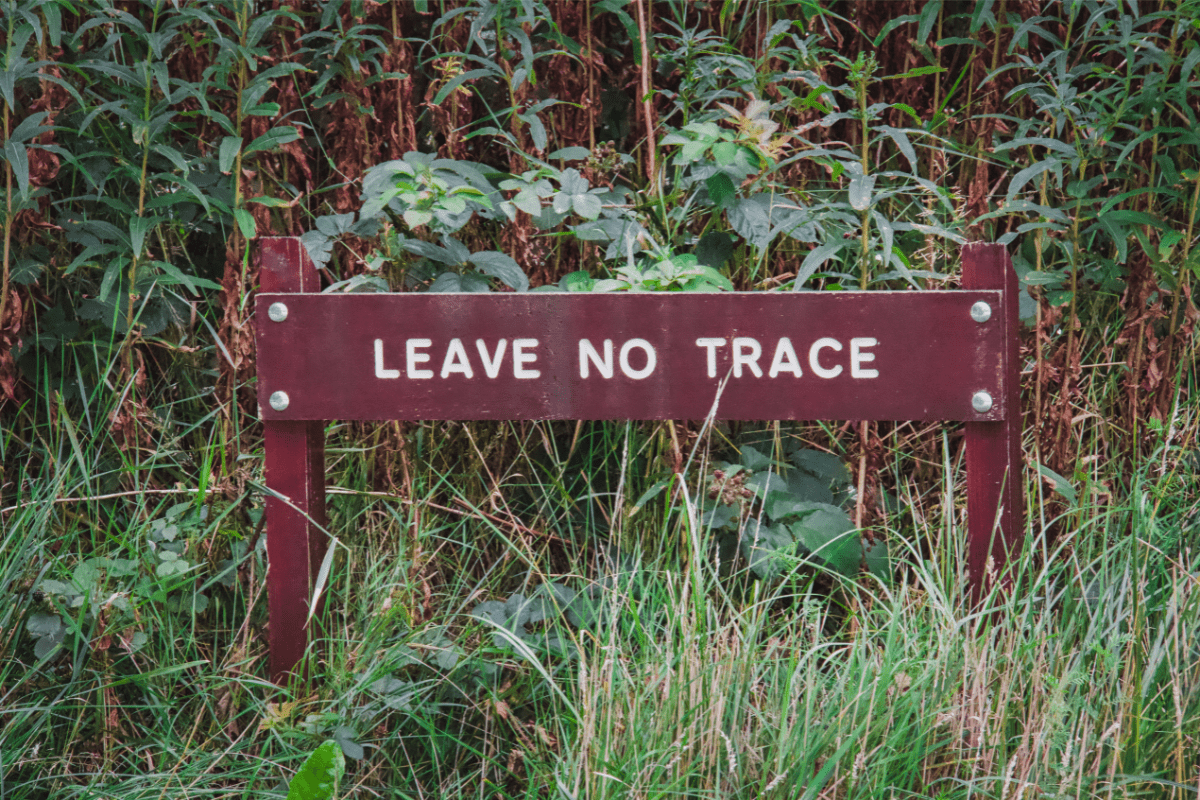
If you’re going to be camping or boondocking in Canada, there are some things you should keep in mind:
- Free campsites and boondocking sites in Canada are usually off the beaten path and may be difficult to access. Do your research ahead of time to be sure you (and your van) can make the journey.
- Most free campsites will be completely undeveloped or have only the very basics. Be prepared to be fully self-sufficient while on your trip.
- Be wary of crossing over from Crown land onto private property. If you see a no trespassing sign posted or a sign that says “no camping” or “no overnight vehicles,” be sure to heed it.
- Just like when camping anywhere else, you should practice Leave No Trace. Leave everything cleaner than when you got there and preserve the natural beauty for the next camper. If you’re on undeveloped land, try to look for previous campsites and reuse them to reduce environmental impact.
- If you find yourself at a municipal campsite or a recreational area near civilization, also be respectful of the local residents. If they complain due to noise or the mess you make, that campsite might not be available to future campers.
- When you’re out in the backcountry, be wary of hunting seasons and hunting areas; be sure to wear a safety vest if you’re out exploring or hiking.
- Free campsites are often accessed on logging roads, and unsurprisingly, you’ll commonly see logging trucks driving down these roads. In these situations, the logging truck has the right of way, so be sure to pull to the side and let them pass.
Now You Know How to Find Free Camping and Boondocking in Canada
There are tons of opportunities for free camping and boondocking in Canada. The best option is Crown land, similar to BLM land in the US, which is federally owned and free to camp on for Canadian citizens for up to 21 days.
To find campsites and places to boondock in Canada, one of your best resources is the government website for the province or territory where you want to camp. Wherever you go and however you find it, be sure to be respectful and leave no trace.
Now that you know how to find places to camp and boondock in Canada, all that’s left is to plan your trip and head out to enjoy the beautiful Canadian wilderness for free!
Plan Your Trip to Canada
Save time, plan safe routes, and find great places to camp with RV LIFE Trip Wizard before embarking on your Canadian adventures! This all-inclusive trip planning tool allows you, the driver, to customize your journey based on your personal travel style–taking the quickest route or the scenic one and pinpoints stops along the way like gas, shopping, and points of interest. RV Trip Wizard also helps establish a travel budget, among other convenient and user-friendly features!
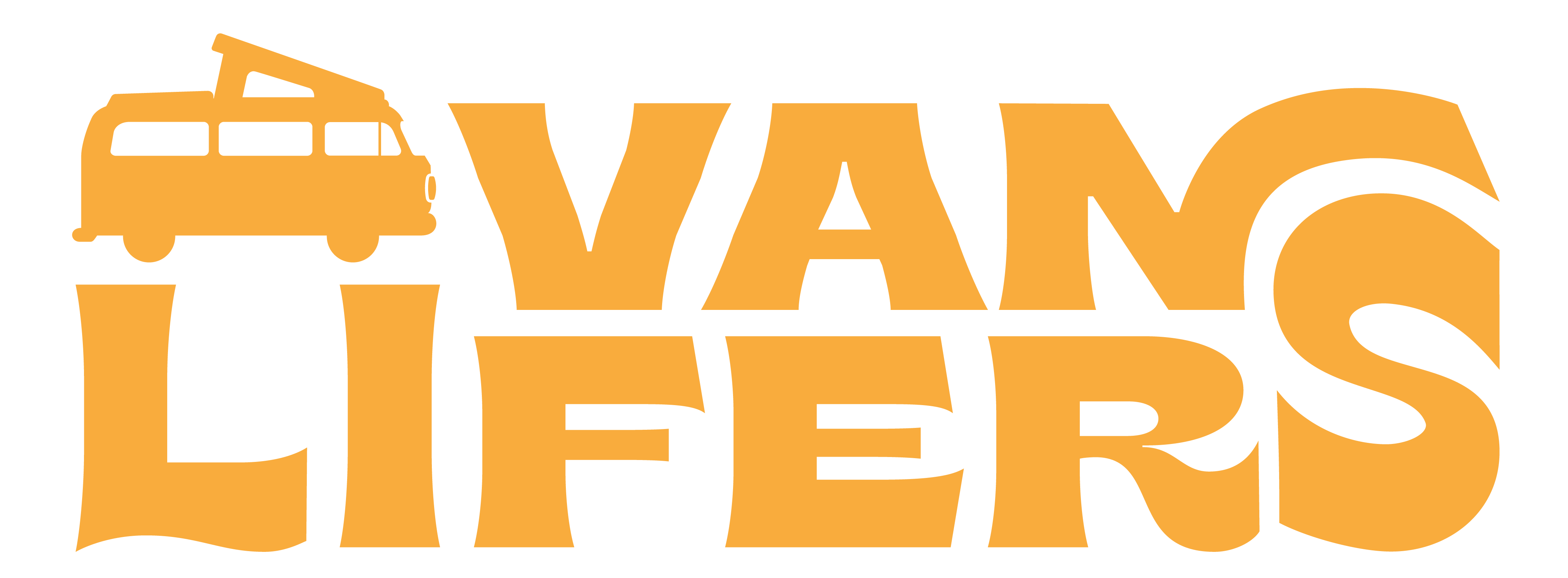
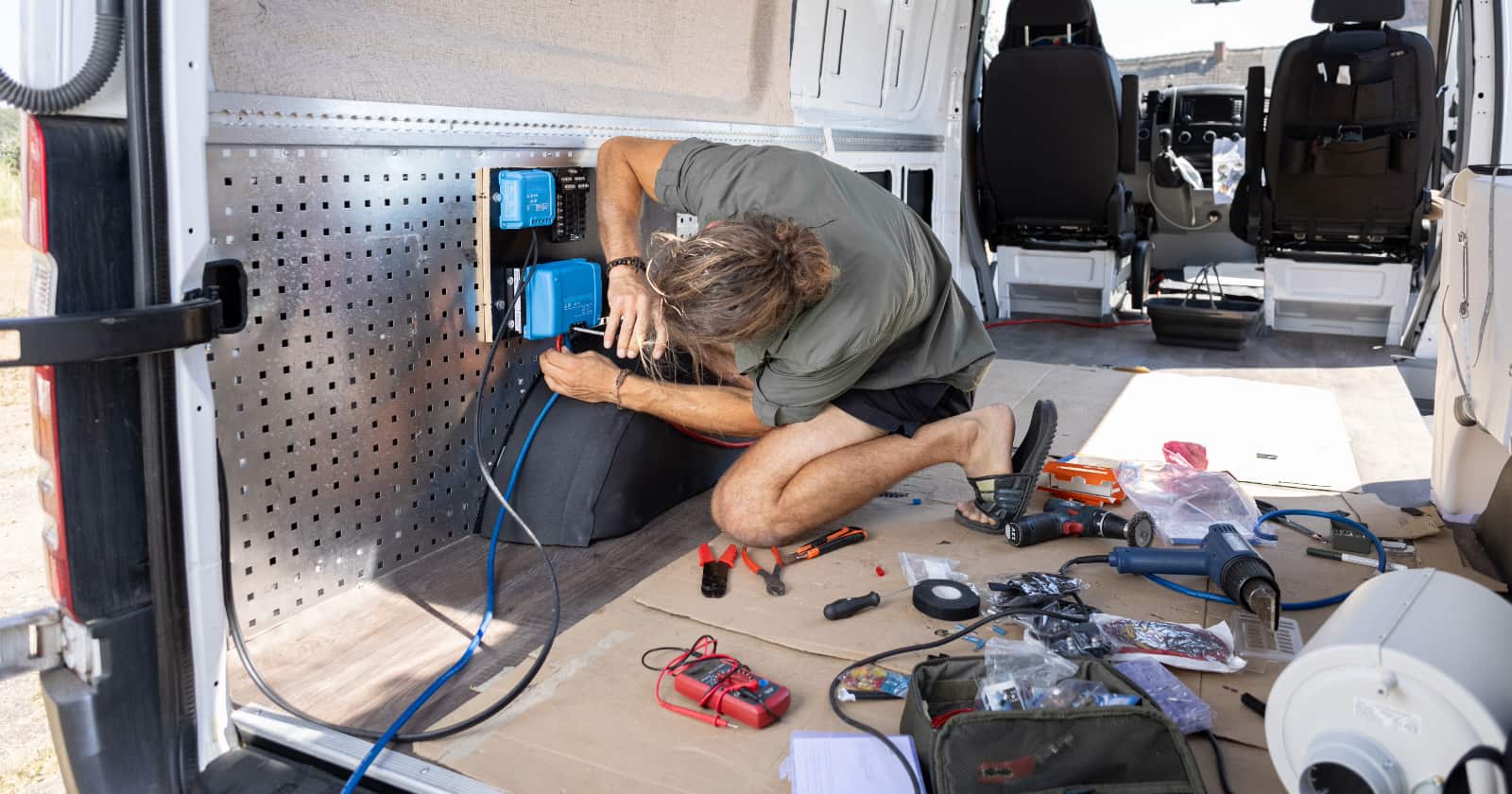
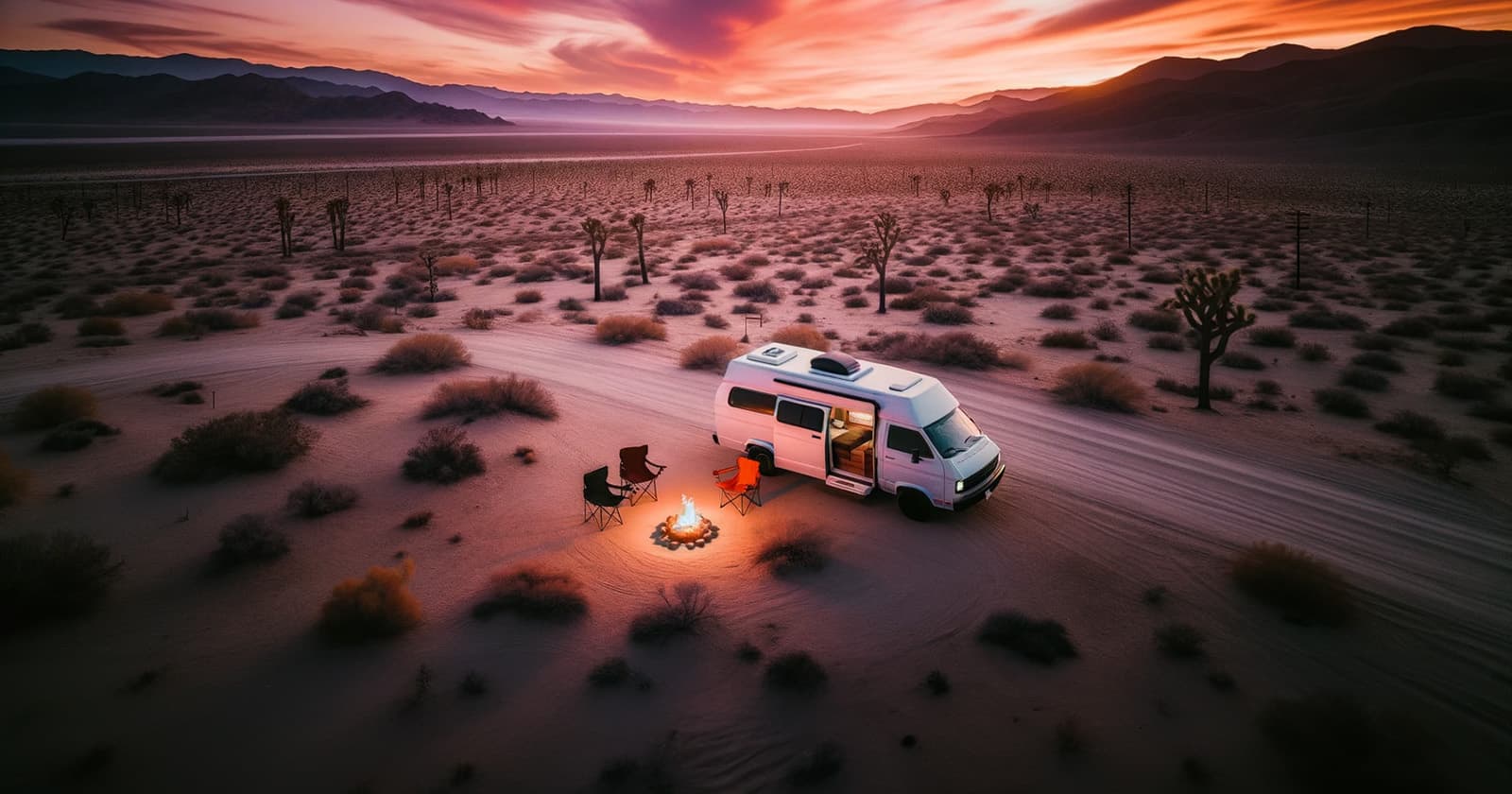

I have look every where and did not find a link to the Canada crown land map that I can use to plan a trip.
Each province has its own department or ministry responsible for managing Crown Land, and they often provide maps or interactive mapping tools on their respective websites.
Here are a few examples:
Ontario: The Ministry of Natural Resources and Forestry provides an interactive mapping tool called “Crown Land Use Policy Atlas” (CLUPA) that you can use to view Crown Land areas in Ontario. You can access the CLUPA tool at this link: https://www.ontario.ca/page/crown-land-use-policy-atlas
Alberta: Alberta Environment and Parks provides an interactive mapping tool called “Recreation on Public Land” that includes information about Crown Land. You can access the tool at this link: https://www.alberta.ca/recreation-on-public-land.aspx
British Columbia: BC Ministry of Forests, Lands, Natural Resource Operations and Rural Development offers an interactive mapping tool called “iMapBC” that includes information on Crown Land. You can access the iMapBC tool at this link: https://www2.gov.bc.ca/gov/content/data/geographic-data-services/web-based-mapping/imapbc
Please note that these are just a few examples, and you should visit the respective provincial government websites for the province you’re interested in to find the most accurate and up-to-date information on Crown Land. I hope this information helps you in planning your trip.
Save travels